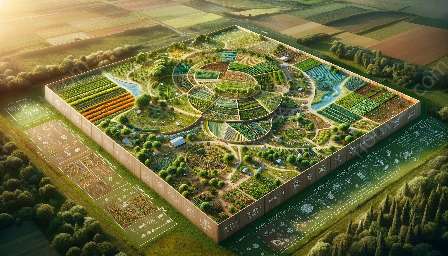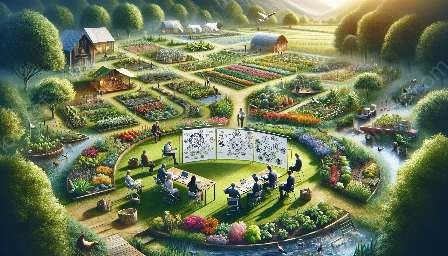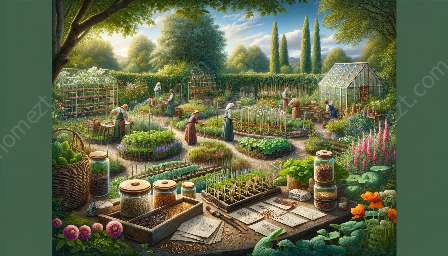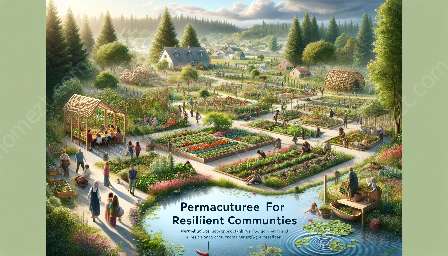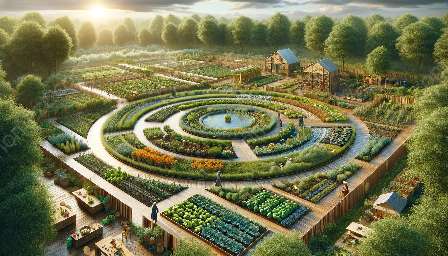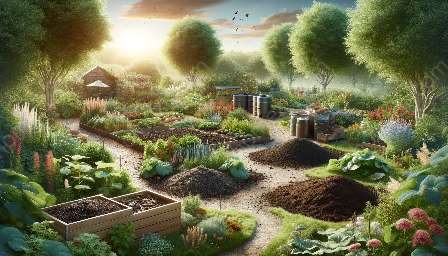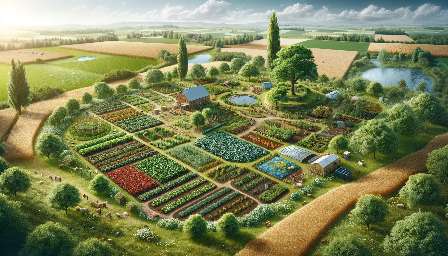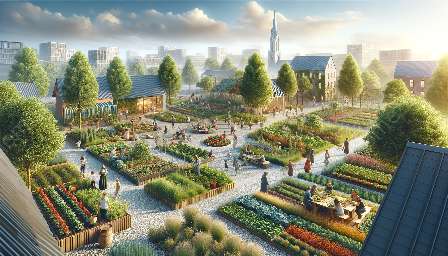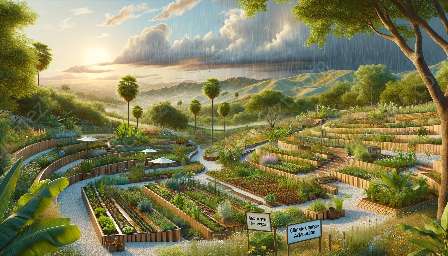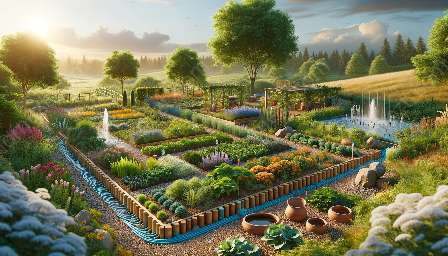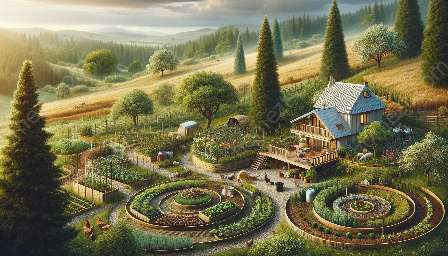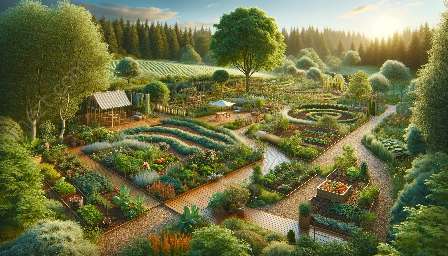Plant guilds and companion planting play crucial roles in permaculture, gardening, and landscaping, offering a sustainable and natural way to grow plants and improve biodiversity. This article explores the concept, benefits, and practical application of plant guilds and companion planting, providing in-depth insights for creating harmonious and thriving ecosystems.
The Concept of Plant Guilds and Companion Planting
Plant guilds, also known as companion planting, represent a collaborative approach to gardening and agriculture based on the principles of permaculture, which aims to mimic natural ecosystems and create self-sustaining and resilient plant communities. By harnessing the beneficial relationships among plants, insects, and microorganisms, plant guilds and companion planting contribute to enhancing soil fertility, pest control, and overall plant health.
Benefits of Plant Guilds and Companion Planting
The practice of plant guilds and companion planting offers a multitude of benefits in permaculture, landscaping, and gardening. One of the key advantages is the promotion of biodiversity, as diverse plant communities support a wide range of beneficial insects, birds, and microorganisms, contributing to a balanced and resilient ecosystem. Additionally, plant guilds and companion planting can help improve soil structure and fertility by fostering symbiotic relationships between plants, such as nitrogen-fixing legumes and nutrient-accumulating dynamic accumulators. Moreover, this approach promotes natural pest control and reduces the need for synthetic chemicals while enhancing the overall beauty and functionality of the landscape.
Practical Application of Plant Guilds and Companion Planting
Implementing plant guilds and companion planting in permaculture, gardening, and landscaping involves careful planning and selection of plant combinations to maximize synergy and mutual support. This includes considering the growth habits, nutrient requirements, and pest-repelling properties of various plants to create harmonious relationships within the guild. For example, planting nitrogen-fixing plants like legumes alongside heavy-feeding crops can help improve soil fertility and minimize the need for additional fertilizers. Similarly, cultivating aromatic herbs among vegetable plants can deter pests and attract beneficial insects, contributing to a healthier and more balanced ecosystem.
Creating Sustainable Ecosystems through Plant Guilds and Companion Planting
By embracing the principles of permaculture and incorporating plant guilds and companion planting into gardening and landscaping practices, individuals can contribute to the creation of sustainable and resilient ecosystems. Through thoughtful design and thoughtful plant selection, it is possible to build self-regulating and productive environments that support thriving plant communities while minimizing the reliance on external inputs and chemical interventions.
Conclusion
Plant guilds and companion planting represent powerful tools in permaculture, gardening, and landscaping, offering a natural and holistic approach to cultivating healthy and diverse plant communities. By harnessing the beneficial relationships among plants, insects, and soil microorganisms, individuals can create thriving ecosystems that promote biodiversity, enhance soil fertility, and minimize the need for artificial interventions. Embracing the concept of plant guilds and companion planting fosters a deeper connection to nature and contributes to the cultivation of sustainable and resilient landscapes.





